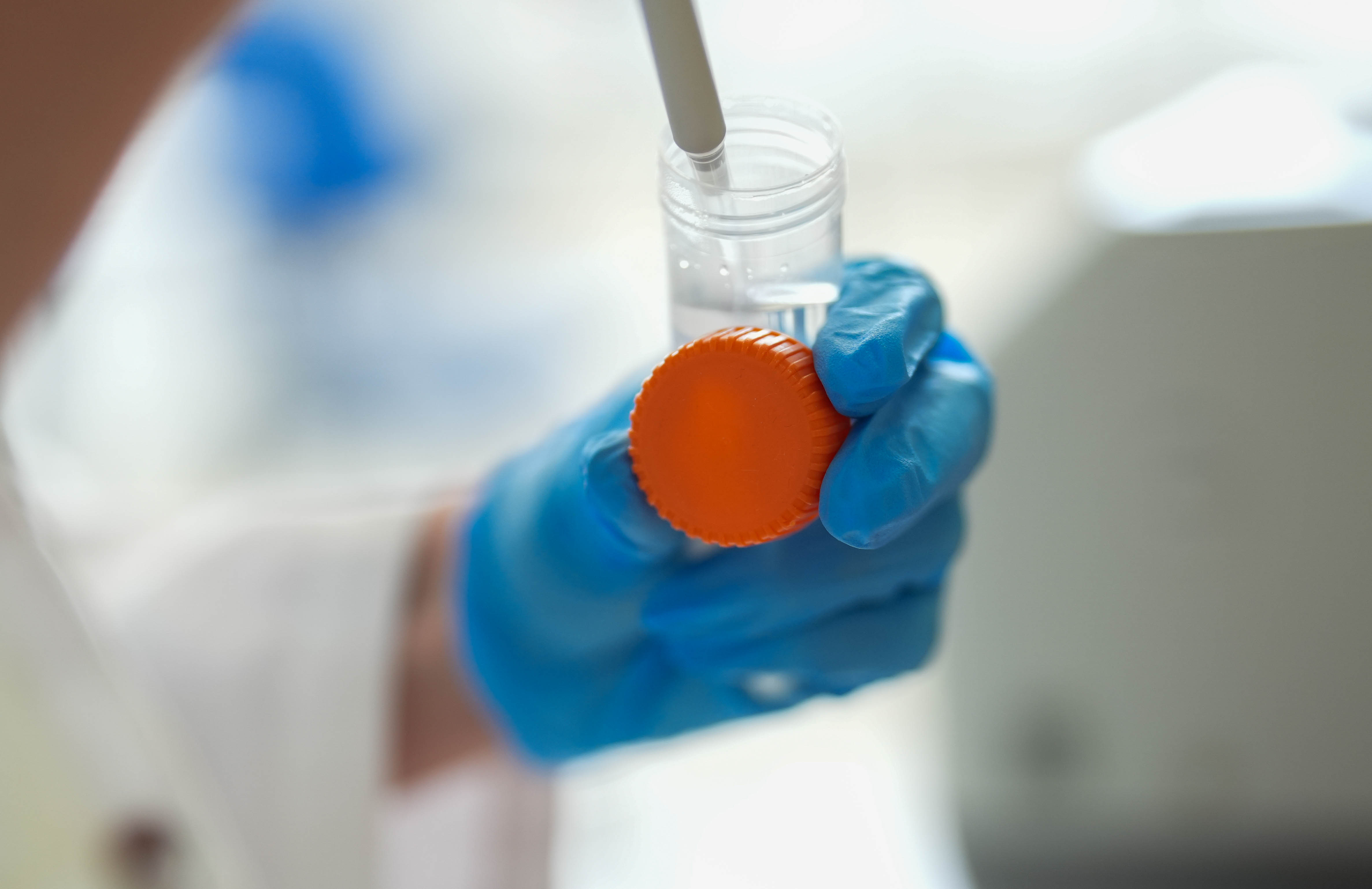Media release
From:
ANU discovery could lead to more effective cancer treatment
A new discovery made by researchers from The Australian National University (ANU) could lead to smarter, more effective treatments for Hodgkin Lymphoma, a common blood cancer.
The study found that a specific protein called H2A.B - normally only found in sperm-producing cells in the testis - is hijacked by cancer cells in Hodgkin lymphoma patients.
ANU Professor David Tremethick said H2A.B acts “like a rogue switchboard” in cancer cells – helping them to grow and survive.
“It’s not just sitting on the DNA, it’s actively reshaping how genes are read, how proteins are made, and even how the cancer cell’s internal machinery is rewired to promote tumour growth,” he said.
“Because H2A.B is not normally present in most healthy tissues, targeting it could be a highly selective approach for cancer therapy, minimising the damage to normal cells.”
Co-author Associate Professor Tatiana Soboleva said it’s one of the few variants of this type of protein with the potential to be druggable.
“Targeting how H2A.B is modified or how it interacts with other proteins could help switch off cancer-promoting pathways,” she said.
“Previous studies had hinted at H2A.B’s role in cancer, but this is the first in-depth look at how it allows cancer cells to hijack normal genetic programming."
According to the authors, the H2A.B is part of a larger pattern of cancer re-activating genes that should only be used during reproduction.
“Understanding how and why this happens provides another major step toward developing smarter, more targeted therapies,” Associate Professor Soboleva said.
“We now know that H2B.A can bind to a special group of proteins called the SWI/SNF complex that is necessary to open up DNA to activate the expression of genes. Blocking H2A.B’s interactions could stop its cancer-promoting effects."
The research is published in Science Advances.




 Australia; NSW; ACT
Australia; NSW; ACT



